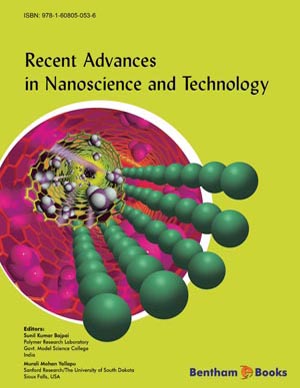Abstract
MNT is a technology that accurately produces geometrically dimensional shapes in the micro & nanometer scale. An emphasis on micro & nanoscale entities will make our manufacturing technologies and infrastructure more sustainable in terms of reduced energy usage and environmental pollution. The minimizing of the workpiece and the small depth of cut makes the materials removal or deformation in the MNT different from the traditional machining technique. Materials properties follow from their atomic and microscopic structures and exhibit different properties at different scales. Bulk materials of micro & nanometer scale are relatively large and may be expected to behave as “macroscopic” object in some respects. At the same time they are small enough to permit the long-time simulations necessary for investigation of microscopic properties such as self-structural organization processes. It is difficult to deeply investigate materials deformation or failure mechanism using single macroscopic or phenomenological scale method. Multiscale method can study material behavior at different length scale and temporal scale simultaneously which can uncover important properties and materials response in MNT from atomic to microscopic to mesoscopic to macroscopic scales. Multiscale method offer the best hope for bridging the traditional gap that exists between experimental approach, the theoretical approach and computational modeling for studying and understanding the deformation and removal mechanism of materials in MNT. Multiscale method conform to the basic natural philosophy ideas, namely, every things should evolve from quantitative change to qualitative change. Owing to the central role that multiple scale methodology appears poised to play in the computational mechanics and materials science in the foreseeable future, this chapter introduces multiscale method and some recent applications.
Keywords: Multiscale method, coupling continuum and atomistic method, transition model, geometrical-physical model, multiscale simulation of microcutting.



















